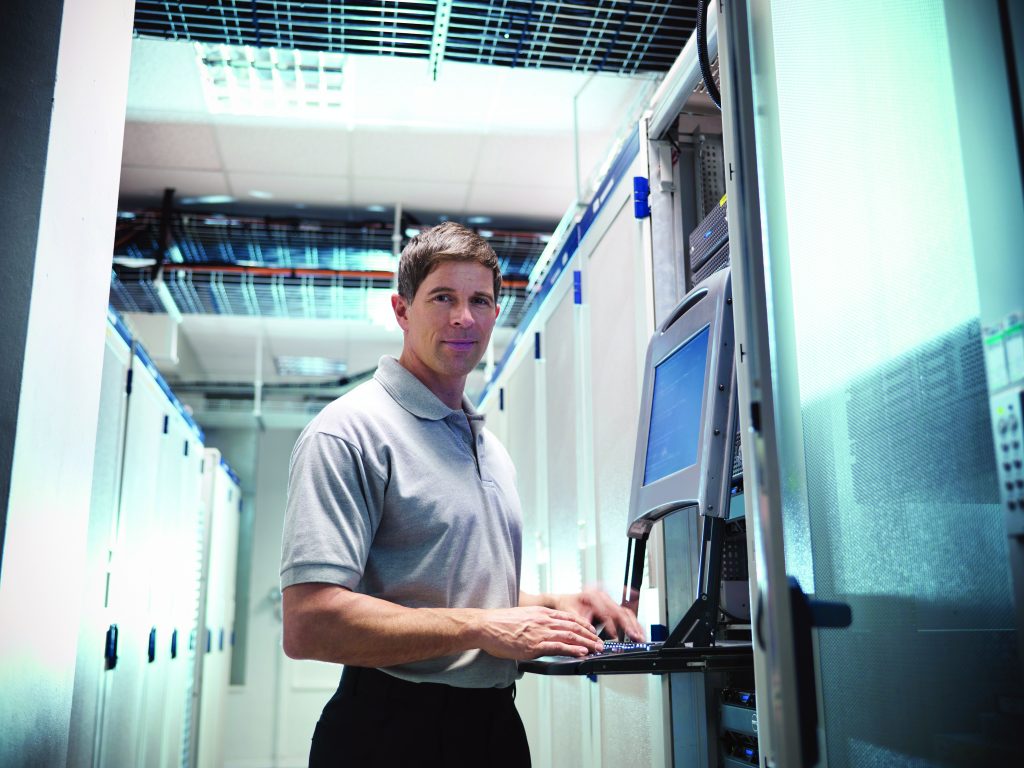
As our technology-driven world continues its rapid evolution towards the future, we’re seeing many amazing new developments that are turning our wildest sci-fi dreams into reality. The field of robotics is one such area of research and innovation: the advent of cheaper, safer, and more adaptive robots is having a major impact on numerous high-tech industries.
For some, the integration of robots into the workforce may be an unsettling trend, but much like other once-new developments—personal computers, the Internet, mobile phones and automobiles, for example—there’s potential for it to create new jobs, new ways to work, and even entirely new industries to specialize in. Here’s a closer look at some of the ways robots are changing the future of work.
Robotics Integration In the Workforce
Robotics are increasingly finding their way into a wide range of industries in some shape or form. Specialized areas, like manufacturing and the medical industry, are at the cutting edge of robotic integration.
Healthcare tech and the medical application of robots has been around for some time, though the way these devices are being used is growing in surprising new directions. The robots of today are far more advanced than they once were, capable of human-like skills that make them invaluable for many unique applications. Hospitals are now using robots as tools to let new doctors-in-training perform simulated surgeries, practice medical procedures, and test their patient diagnostic skills without having to work on human subjects right away.
In the operating room, robotic tools and systems are giving doctors greater precision during complicated surgeries, while minimizing the risk of infection, reducing doctor strain, and speeding up patient recovery times. They’re even being used in the field of prosthetics to create functional high-tech limb replacements and rehabilitation support for amputees.
Manufacturing is another area that has seen a greater level of robotic integration than other fields. The value of using robots in heavily industrialized work goes well beyond it being a cost-effective measure for smaller companies seeking to stay competitive in a global market. In many cases, robots are used in the manufacturing world to handle the most dull, repetitive, and even dangerous tasks, while humans are still overseeing roles that require decision making and creative adaptability.
Robotics Will Create More Jobs, Not Less
With robots becoming a semi-normal part of modern life, some are concerned over the potential negative impact this could have on the job market. All signs are pointing in the opposite direction, however. Disruptive new technologies almost always have some impact on the job world, but technology is often the biggest driver of new job growth. Historical data and studies show that the new jobs created by technologies often far outpace the positions they displace.
Building robots to handle less desirable or outright dangerous jobs paves the way for people to find better jobs that are more satisfying and engaging, too. New positions and fresh industries will rise up to replace those in decline, and many new tech roles will be needed to build, design, maintain and repair new robotic additions to the workforce.
Ultimately, this new wave of high tech robotic innovations is primed to spark job growth across the board, as companies and institutions will need tech-savvy specialists to design, build, maintain, and oversee the operation of our mechanical counterparts. Just imagine the full spectrum of associated needs that will come along with those vital roles. It’s a brave new world we’re living in, is it not?
Want to work side by side with robots? We can help you find that opportunity today.

